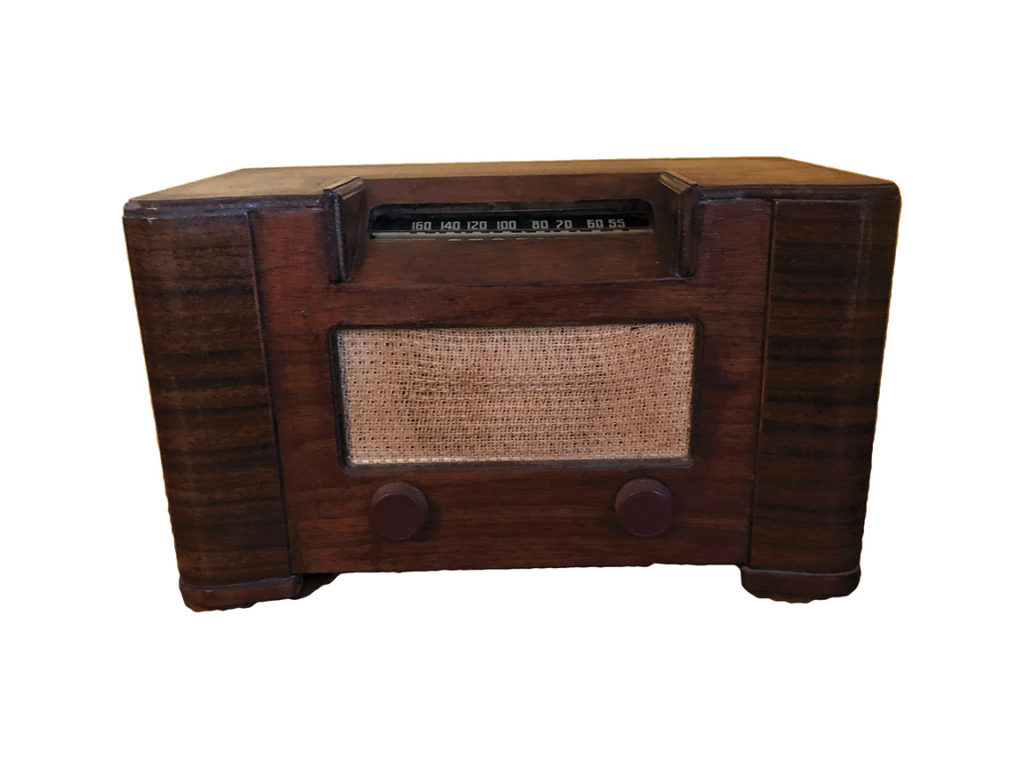
Dorri Partain
Contributor
Decades before television and the internet, folks relied on radio for news and entertainment.
Credited to Italian inventor Guglielmo Marconi (1874-1937), the radio receiver quickly became a household staple, often looking more like a piece of furniture than an electric appliance.
Next to RCA (Radio Corporation of America, 1919), the Crosley Radio Corporation was another contributor to the development of radios for home use.
In 1921, Powel Crosley Jr. (1886-1961) partnered with his brother Lewis to develop the “Harko” model, a simple box with wires connected to a single vacuum tube, that retailed for $7.00.
Dubbed the “Henry Ford of Radio,” Powel Crosley used the same assembly line procedures developed by Ford to manufacture a wide array of radio models.
Crosley acquired the call letters WLW for Cincinnati’s first broadcast station in 1922, but the signal could carry for hundreds of miles, especially late at night.
In addition to manufacturing radios, Crosley developed the first refrigerator with storage shelves located on the door, the Shelvador, in 1932 and manufactured several inexpensive automobile models from 1939-1952.
His success allowed him to purchase the Cincinnati Reds baseball team in 1934 and subsequently, the stadium was renamed Crosley Field; he also developed the play-by-play style of game broadcasting for WLW and had lighting installed so games could be played at night, when more fans were available to attend the games and listen to games on the radio.
Model 56 TV (O) was manufactured in 1949 featuring a solid wood case, and relied on 5 different vacuum tubes to operate.
For his contribution to the development of radio, Crosley was posthumously inducted into the National Radio Hall of Fame in 2013.



















